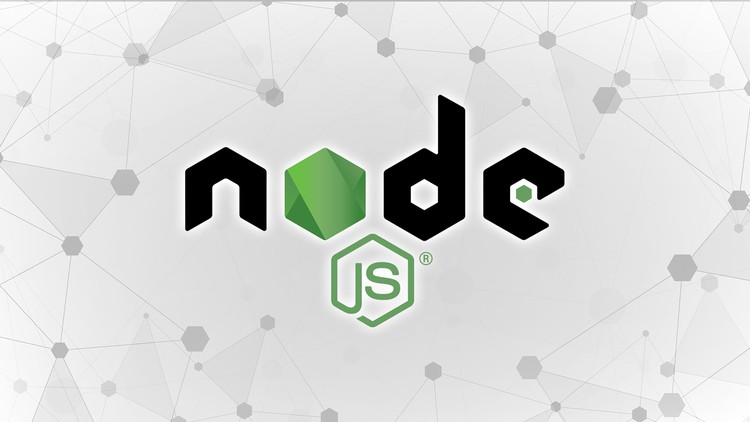1. Introduction to web sockets
2.1 Installing socket.io.zip
2. Getting Started With Web Socket
3.1 Configuring Socket.io.zip
3. Configuring Socket.IO Server
4.1 socket disconnect().zip
4. Disconnecting Socket.IO With Client
5.1 Transfer message.zip
5. Socket.IO Events - Part 1 (Transfer messages in real time)
6.1 Broadcasting message.zip
6. Socket.IO Events - Part 2 (Broadcasting message)
7.1 Assignment - Broadcasting Message.zip
7. Assignment - Broadcasting message to connected clients
8.1 eventAcknowledgement.zip
8. Event Acknowledgements
9.1 Rendering message.zip
9.2 Rendering message.zip
9. Rendering Messages Inside The Template
10.1 joinForm.zip
10.2 joinForm.zip
10. Creating A Join Page
11.1 Storing & Displaying Users(Pt1).zip
11. Storing & Displaying Connected Users In Chat Page - Part 1
12.1 Storing & Displaying Users(Pt2).zip
12. Storing & Displaying Connected Users In Chat Page - Part 2
13.1 SortingUser.zip
13. Sorting The Displayed Users
14.1 Updating the UI.zip
14. Updating the UI
15.1 privateMessage.zip
15. Sending Private Message
16.1 persistentUserId.zip
16. Implementing A Persistent User ID
17.1 sendImages.zip
17. Sending Images in the Chat
18.1 finalChatApp.zip
18. Finalizing the chat app

